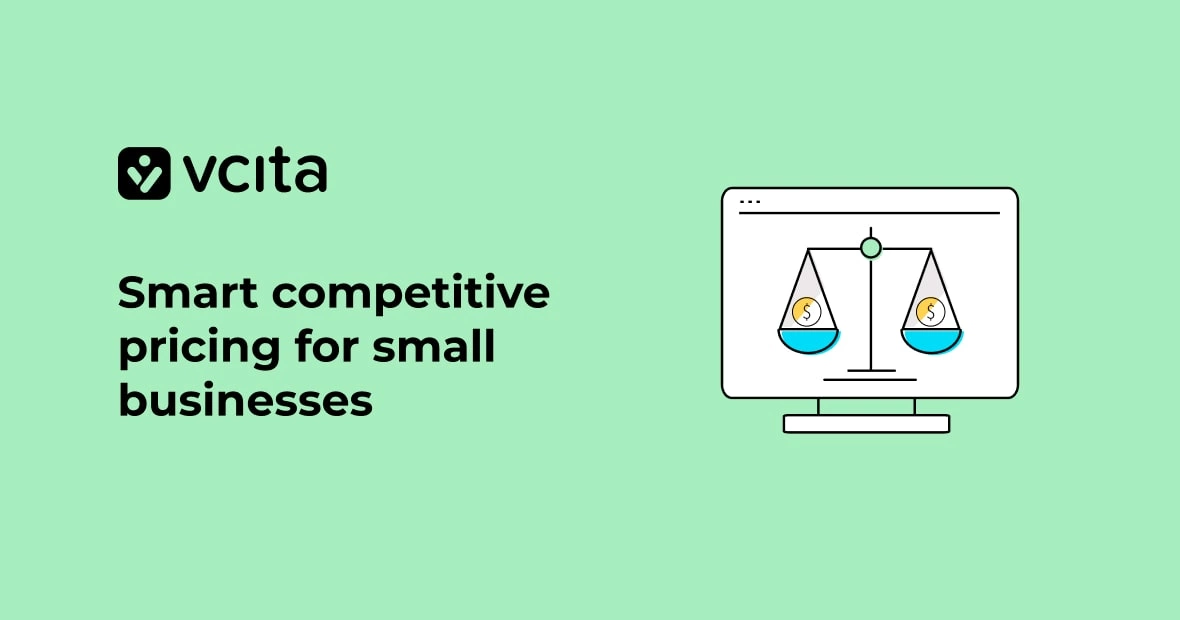The pandemic posed unprecedented challenges for everyone, including the small business community. However, now two years in, we wanted to see how micro and small businesses were fairing and adapting their business strategies to the new norm.
Each year, we launch a survey for the SME community to “check in” and see how the community is adapting. This year’s survey was focused on digital adoption and communication between SMEs and their own communities.To gain this bigger picture of the business landscape we surveyed over 3,000 micro and small business owners in early December 2021.
What we’ve learned is that these business owners are optimistic, resilient and more driven about the future of their businesses, and are already adopting digital tools in order to put their business online and offer services to their clients in adherence to new standards and practices.
Key Takeaways
- The biggest challenges faced throughout 2021 were equal parts finding clients, retaining existing clients and cash flow management.
- Micro and small business owners are implementing more digital tools into their daily business operations.
- Digital and cashless payments are becoming the standard.
- Facebook and Twitter are the top choices for social media marketing, with TikTok gaining momentum as a new star on the rise.
- Email marketing has remained the most popular form of reaching clients.
- Small business owners are overall optimistic about the future of their business.
About the survey
We surveyed 3,139 business owners from a variety of industries. The majority of respondents work in business services and are relatively new, having been in business for up to 5 years.
We received some amazing responses and insights into how the small business ecosystem is going about digitalization as a result of the pandemic.
Biggest challenges faced by the SME industry in 2021
Although the pandemic came with its own challenges, we wanted to dive deeper into those directly affecting micro and small businesses. Knowing the challenges these business owners are facing will help to define the tools and innovation required to support their continued growth despite the pandemic. What was the main challenge you faced when running your business during the pandemic?
Our survey indicates that there are three challenges that are equally important to tackle for the small business industry. With restrictions on in-person meetings and word of mouth advertising, finding and retaining new clients became increasingly difficult. In addition, the economic strain brought on by the pandemic left even the most financially savvy struggling with cash flow management. It is safe to assume that technology that answers these needs would become a popular asset for SMEs’ survival.
Digital adoption is continuing to increase
Digital tools have become a must for any micro or small business owner. From automating scheduling to collecting cashless payments and everything in between, digital adoption has saved micro and small businesses from the harsh repercussions of the pandemic.
According to our survey, a whopping 96% of respondents said they have implemented new digital tools this past year alone. And they’re indicating that they’re willing to invest significant funds into these tools, with a majority saying they have paid anywhere between $100-$500 for these digital tools that are helping streamline and save their business. These investments in their digital transformation proves the priority digitalization has taken for small businesses this past year.
In addition to their annual spend, micro and small business owners are expanding their digital suite by using a number of different tools to run their businesses. Almost 60% of respondents use between one and three tools and another 32.7% use around four to six.
Though 97.1% admitted that these tools make their business more efficient, there is something to be said about the number of tools it takes for them to run their business smoothly. It seems there is a need in the market for one solution that could rule them all and combine the capabilities of each of these separate tools into one.
There’s a new social media star on the rise
Social media has remained one of the most popular ways for micro and small businesses to market their products and services, and connect with their communities. We asked which platforms were the most popular and got a bit of a surprise.
In line with other findings in the market, Facebook is still the most popular choice for social media platforms with Instagram coming in as the third most popular. However, TikTok is proving itself a strong contender, overtaking LinkedIn and coming up at a close 4th place with 38.9% of respondents mentioning it as the most efficient platform to market their business.
These findings along with its increase in popularity could make TikTok the up and coming platform to use for marketing.
From in-person to email communication
Where micro and small business owners were once used to communicating with their clients in person, they have now had to adapt their methods. Based on our survey results, 1,000 micro and small business owners said that emails have been the best way to communicate with their clients. While 25% have said that they prefer using online platforms.
In line with the pandemic’s restrictions, in person communication has dropped to the 4th option on the list showing just how creative business owners have had to become in order to keep their clients feeling close, without actually being close.
2022 Will be a strong year for small businesses
Small businesses have always been resilient and necessary to local economies around the world. Though a substantial amount have closed due to the pandemic, new micro and small businesses are opening and those who have survived have done so by adapting their products and services to the new standards.
It stands to mention that a majority of our respondents said they are optimistic about the future of their business and are adapting their business model post-pandemic. This is an incredible sentiment considering the circumstances, but then again with the adoption of all these new digital tools and the honing of best practices for communication and marketing, it makes sense that micro and small business owners are doing everything they can to keep their spirits high and their business booming.




























